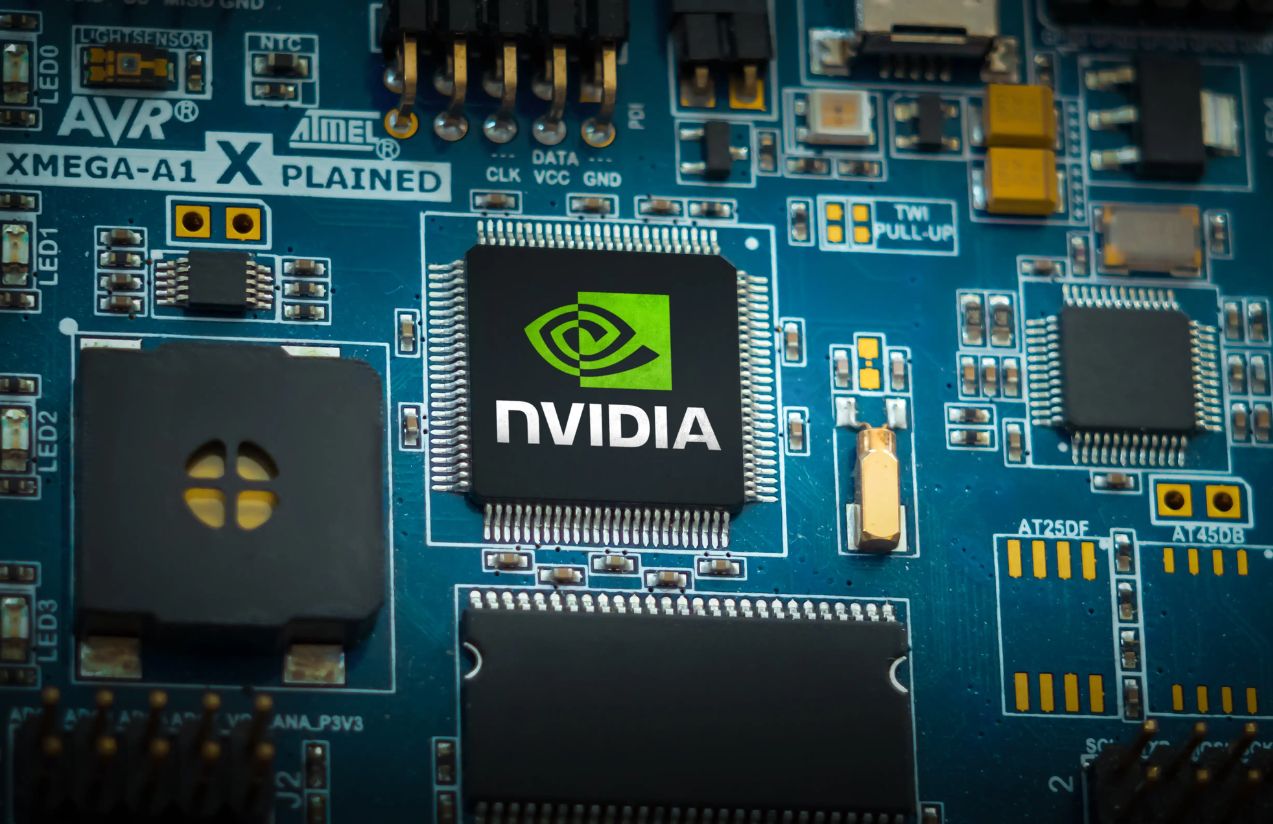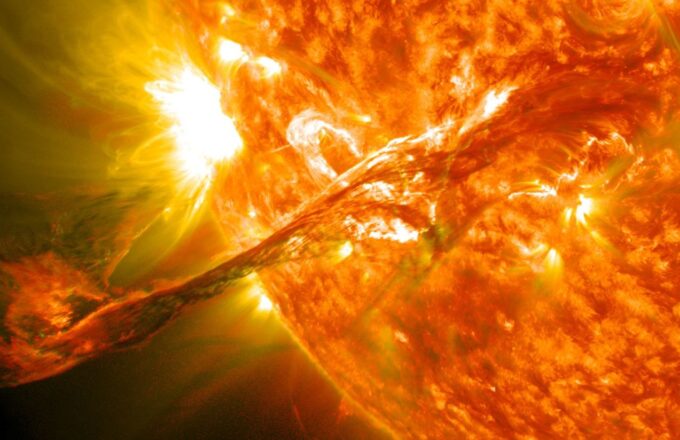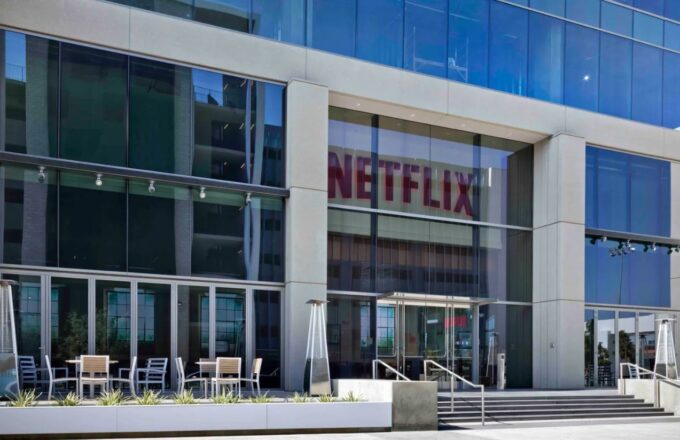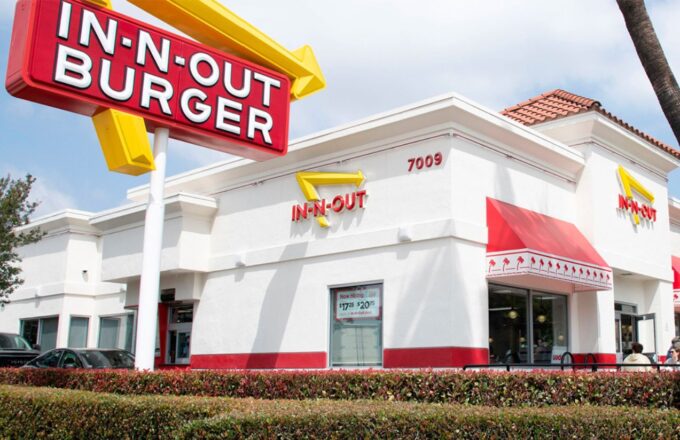Nvidia has reached a historic milestone, becoming the first publicly traded company to hit and surpass the remarkable $5 trillion market capitalization mark. This achievement has been fueled by the soaring demand for its artificial intelligence chips and its growing expansion into global markets such as China.
Founded in 1993 by Jensen Huang and his close associates, the company evolved from designing graphic processors for video games to leading the AI boom with its GPUs, essential components for models like ChatGPT and other advanced applications.
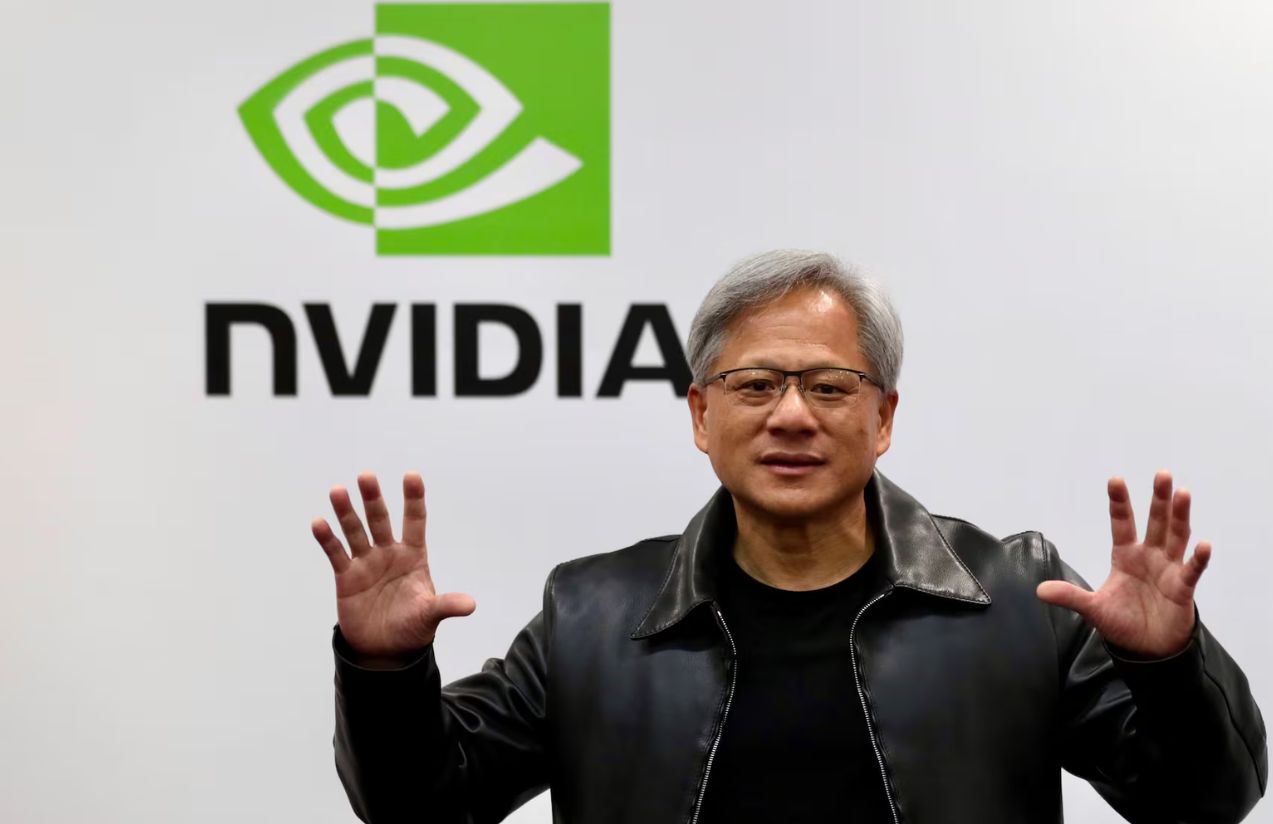
This event is not only symbolic for the company but also reflects the broader technological transformation of the industry: the need for greater computing power, the expansion of data centers, and new possibilities in robotics, autonomous vehicles, and supercomputing. Nvidia recently announced $500 billion in chip orders and large-scale strategic partnerships.
Is this the peak of the AI bubble’s growth?
While Nvidia’s rise marks a technological and financial triumph, regulators and analysts warn that the sector’s rapid climb could be fueling an AI bubble. Not everything that rises can be sustained without real cash flow generation — meaning the risk of correction remains ever present.


